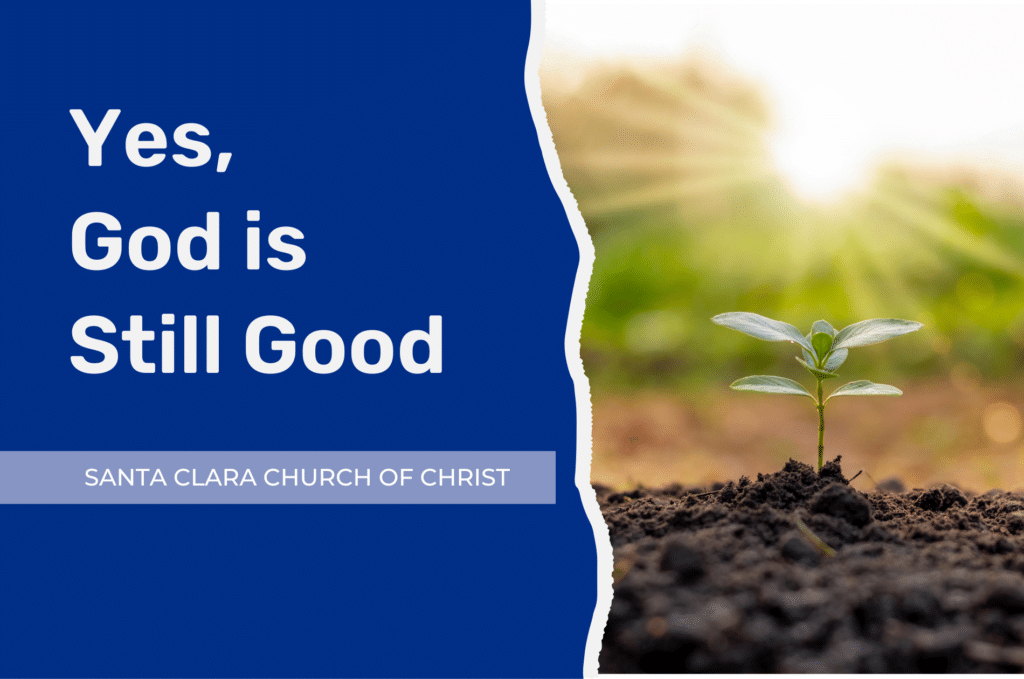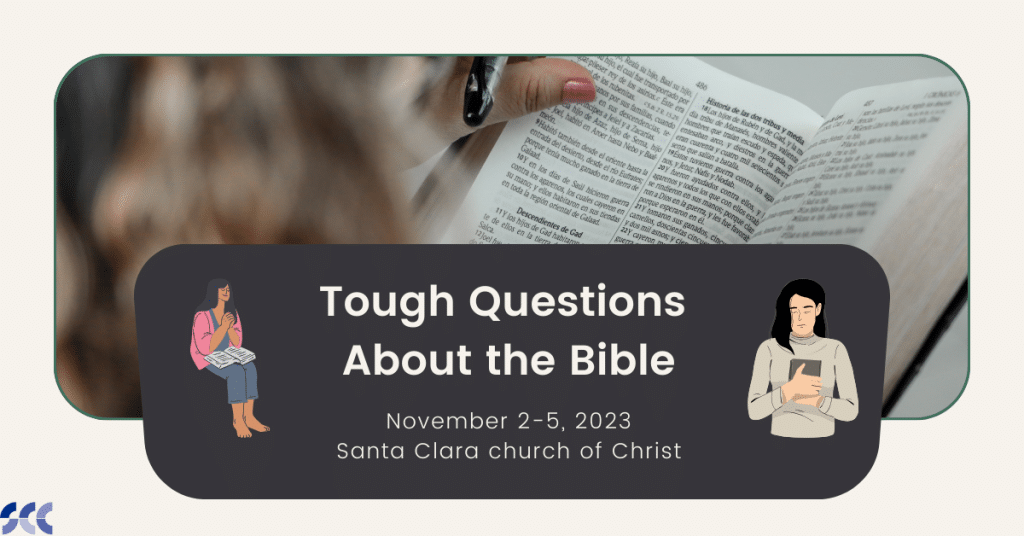There is a popular “fake narrative” floating around. Critics assume that the Bible is a hodgepodge of myths and legends, and that the “word of mouth” transmission of the episodes assures that the message was hopelessly garbled over time.
Nothing could be further from the truth.
There are three false assumptions in this line of reasoning.
First, even in cases where oral transmission of events occurred, not enough credit is given to ancient memory skills. In a pre-mass media society, ancient people valued extensive memorization of their repository of key traditions that were handed down from generation to generation.
As several studies have suggested, the ancients were much more adept at restating exact details than moderns, whose memory muscles tend to go dormant as they rely more on print and technological crutches.
Second, there is too little regard for the divine power in preserving a message, or in guiding the process. The help of the Holy Spirit is clearly a factor in the preservation of Biblical events.
Third, the time lag between the events themselves and the written recording of those events was much shorter than is sometimes assumed – often in the lifetime of the eyewitnesses themselves.
As a message that is rooted in historical events, the Bible is the byproduct of reports by those who were “chosen by God as witnesses” (Acts 10:41). Confidence in what really happened is not helped by unreliable reports, so God chose “holy apostles and prophets” (Eph. 3:5), i.e. people of impeccable character, integrity, motives, and honesty.
Consequently, many of the accounts convey a firsthand, “we were there!” impression (Acts 2:32; 5:32; 2 Pet. 1:16ff.; 1 Jn. 1:1-4). As a case study that is representative of much broader material, we start with the reports of the most important person in the Bible – Jesus.
Case Study: How the Gospels Came into Being
The three synoptic Gospels of Matthew, Mark, and Luke, in some sections, bear a striking resemblance to each other, with an almost word-for-word correspondence. In other sections, there is independence in regard to both content and form, leading to charges of apparent contradiction.
The explanation for this curious mixture of similarity and diversity, according to many critics, lies in partial copying, combined with an almost freelance creativity on the part of those who produced the documents.
This standard explanation, regurgitated almost mindlessly in certain “academic” circles, leaves much to be desired. Moreover, it implies that Matthew, Mark, and Luke were less than honorable in their handling of information.
A much better explanation can be deduced from a careful reading of the New Testament itself. From the earliest days of the church, disciples continued steadfastly in “the apostles’ teaching” (Acts 2:42). Under the apostles’ tutelage, a careful distinction was maintained between “cleverly devised tales” and authentic remembrances verified by eyewitness testimony (2 Pet. 1:16; Acts 5:32; I Jn. 1:1-3).
A big part of the “ministry of the word” for the apostles was the permanent record of the life of Christ which they have faithfully recorded for all posterity. It is precisely these documented remembrances that Luke has in mind when he says that “eyewitnesses and servants of the word have handed them down to us” (Lk. 1:2). There were likely at least four stages in the transmission of the life of Christ.
In their early “ministry of the Word,” apostles grouped together, in more or less fixed form, remembrances of what Jesus did and taught.
Retrospective hindsight (John 2:22; 12:16), combined with help from the Holy Spirit on their powers of remembrance (John 14:26), brought clarity and systematic presentation to the collective memory of the apostles.
This is reflected, to some degree, in the earliest sermons recorded in Acts (cf. 10:36-40) and in scattered allusions in the epistles (cf. 2 Pet. 1:17-18). Notwithstanding slight variations of individual perspective and diversity of personal recollection, the stories and teachings of Christ must have taken on something of a standardized form in the earliest apostolic teaching.
Aramaic terms were recast in the Greek language — including established equivalents for words hard to translate.
This helps to explain the striking resemblances in points of detail in the various Gospels — including word-for-word correspondence in Greek translation of difficult Aramaic phrases.
It also allows for a degree of flexibility with regard to incidental points of apparent disagreement, as one would expect with multiple eyewitnesses.
Many undertook to “compile an account,” or collection, however incomplete, of the sayings and/or deeds of Jesus (Lk. 1:1).
It is reasonable to assume, in light of Luke’s prologue, that various collections of narratives were put to writing at a very early period, under the superintendence of the apostles. The Gospels as we now have them were probably not produced, in their present form, until at least three decades had elapsed after the resurrection of Christ.
One can imagine, however, the intense hunger among the earliest saints for written collections of anecdotes, parables, and events from the life of their Savior. Even in the epistle of I Corinthians, Paul alludes to the post-resurrection appearances (I Cor. 15), the institution of the Lord’s Supper (I Cor. 11), and to Jesus’ personal teaching on divorce (I Cor. 7:10-11).
Such scattered allusions, however fragmentary, must have been cherished among early Christians. Whatever incomplete narratives may have existed, none were adequate to the greatness of their subject. Luke sensed this void, and the need for a more comprehensive account (Lk. 1:1-4).
The Gospels as we know them were drawn up.
It is not necessary to assume fraudulent copying when the four accounts largely agree, nor is it necessary to assume contradictions are at work when slightly different perspectives of the same episode are expressed.
As four independent accounts of essentially the same events, the Gospels overlap at key points and diverge at times, just as one would surmise when viewing four camera angles of an identical photo object.
The apostles and other “ministers of the Word” drew from a carefully established body of facts — enhanced by personal reminiscence, the testimony of multiple eyewitnesses, and the infallible guidance of the Spirit — concerning “all that Jesus began to do and teach” (Acts 1:1). They were guardians of a sacred trust, and they have faithfully deposited to us an incalculable treasure.
The purpose of these efforts, as Luke says, is “that you might know the exact truth about the things you have been taught” (Lk. 1:4).
John says it this way: “Many other signs therefore Jesus also performed in the presence of the disciples, which are not written in this book; but these have been written that you may believe that Jesus is the Christ, the Son of God; and that believing you may have life in his name” (Jn. 20:30-31).



